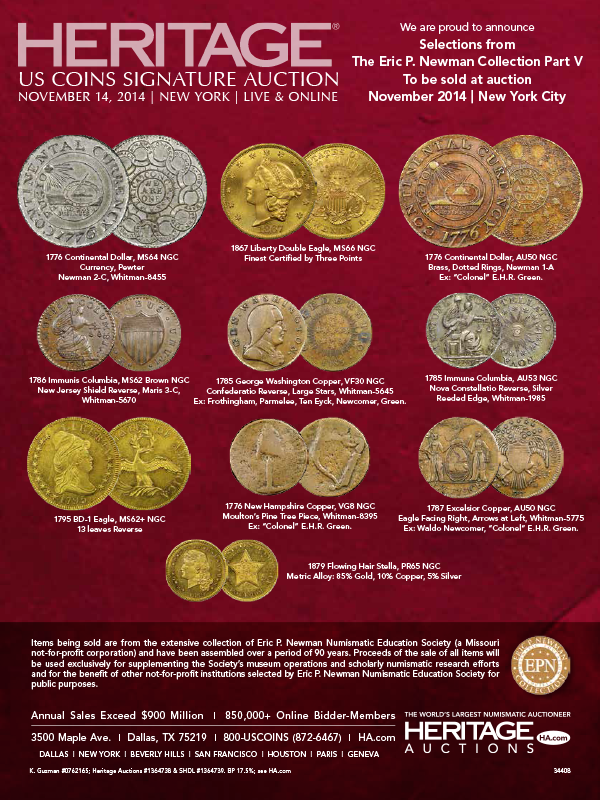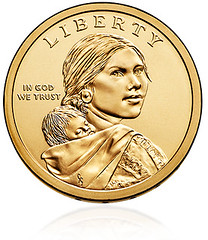
PREV ARTICLE
NEXT ARTICLE
FULL ISSUE
PREV FULL ISSUE
PHILIP DIEHL ON FIRST STRIKE COINAGE
Former U.S. Mint Director Philip Diehl's latest CoinWeek article deals with the topic of "First Strike" and "Early Strike" coins like those that hve been at the center of the recent old Kennedy half dollar debacle. Here's an excerpt, but be sure to read the complete version online.
-Editor
I've been asked about these labels, and I might be able to shed some light on the subject. My knowledge is based on my tenure as director of the Mint from 1994-2000. First, let's deal with circulating coinage. With rare exceptions, “first strike”, “first release”, and “early release” designations for circulating coins are dubious. The exceptions are the very rare instances in which the Mint held formal first strike ceremonies for a new coin. For example, during my tenure, first strike ceremonies were held before each new 50 States Quarter was released. These events were excellent means of generating media coverage and public enthusiasm for the 50 States Quarters program in its early stages. Only a very few coins were minted during these events, typically struck by the coin's designer, state dignitaries, members of Congress, and Treasury officials. No other coins were considered “first strikes”. I do not know whether these coins were actually the first coins of the design to be struck, though I suspect not. However, they were certainly among the earliest struck and the earliest released, and they might have been the first coins struck on the die that was used. Moreover, the quality of the strike was probably enhanced by the fact they were not produced in quantity.
So, I went out to find an alternate distribution channel that would allow us to put the Golden Dollar into commerce despite the banks' resistance. Wal-Mart stepped up and, contrary to conventional wisdom, the coin's launch was hugely successful. The Golden Dollars distributed through Wal-Mart were early releases and some of them could be considered first strikes, but they were mixed in which millions of other early strikes. But as for the other 99.99999% of circulating coins, there is no way to track first strikes. So, to summarize, first strike, first release, and early release circulating coins are impossible to track through the Mint's production and Federal Reserve distribution process, with some exceedingly rare exceptions. As for numismatic products, the ability to identify first strikes, early strikes, and early releases varies by the specific coin program and the year in which the coin was released. In other words, when it comes to First Strike Coinage… it's complicated.
To read the complete article, see:

Wayne Homren, Editor The Numismatic Bibliomania Society is a non-profit organization promoting numismatic literature. See our web site at coinbooks.org. To submit items for publication in The E-Sylum, write to the Editor at this address: whomren@gmail.com To subscribe go to: https://my.binhost.com/lists/listinfo/esylum All Rights Reserved. NBS Home Page Contact the NBS webmaster 
|

